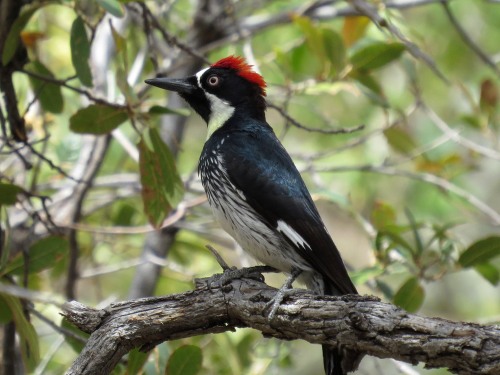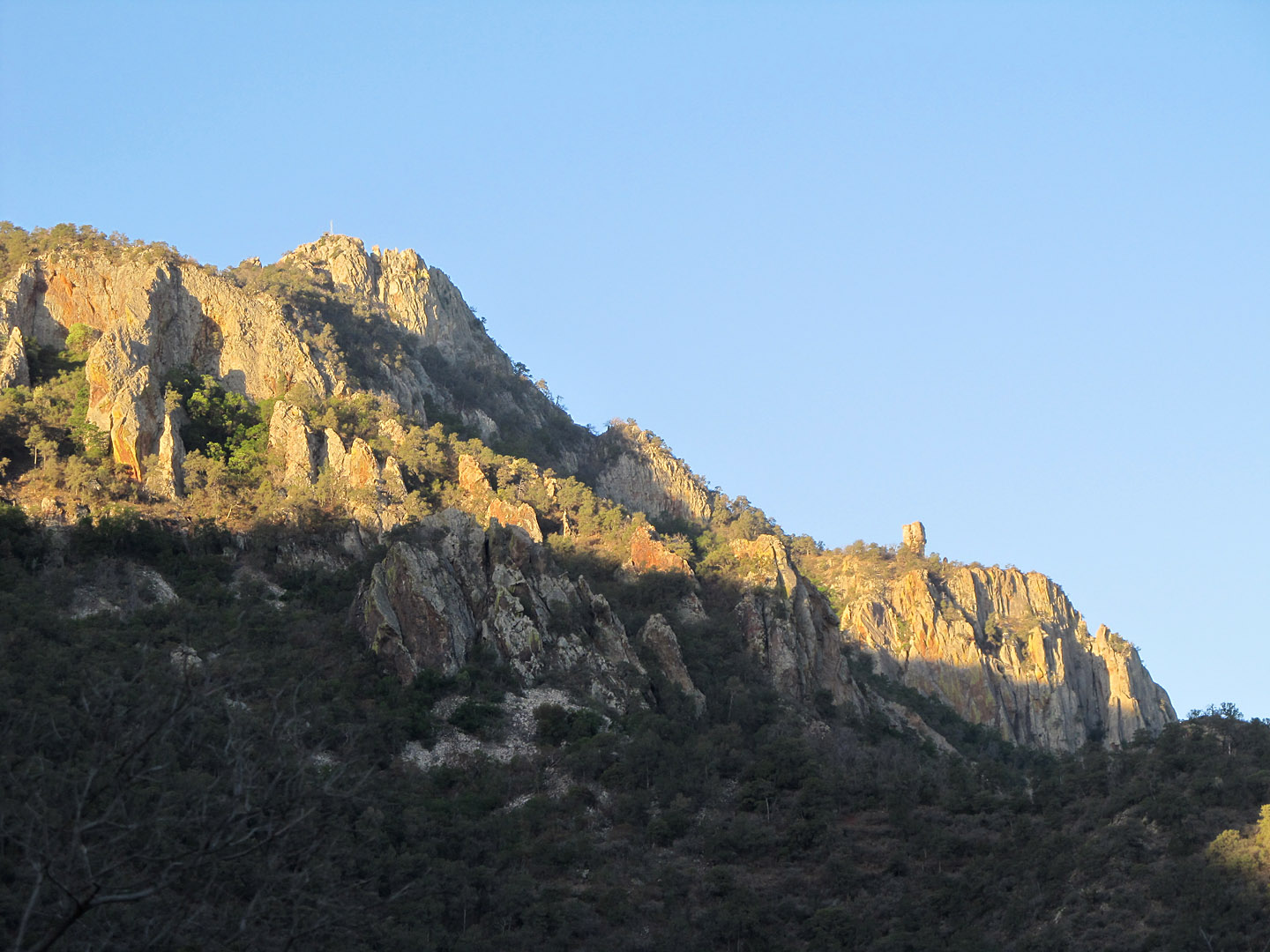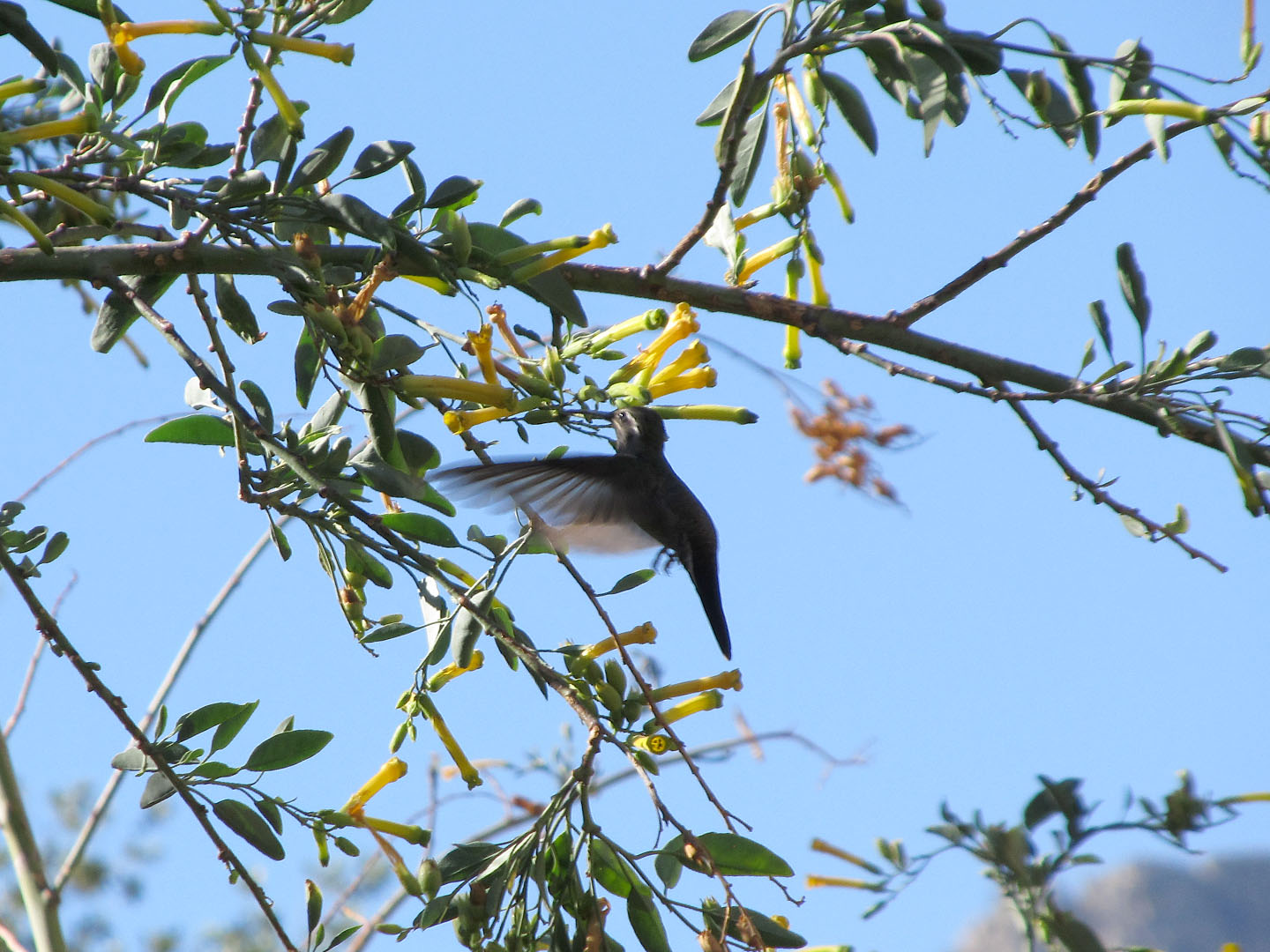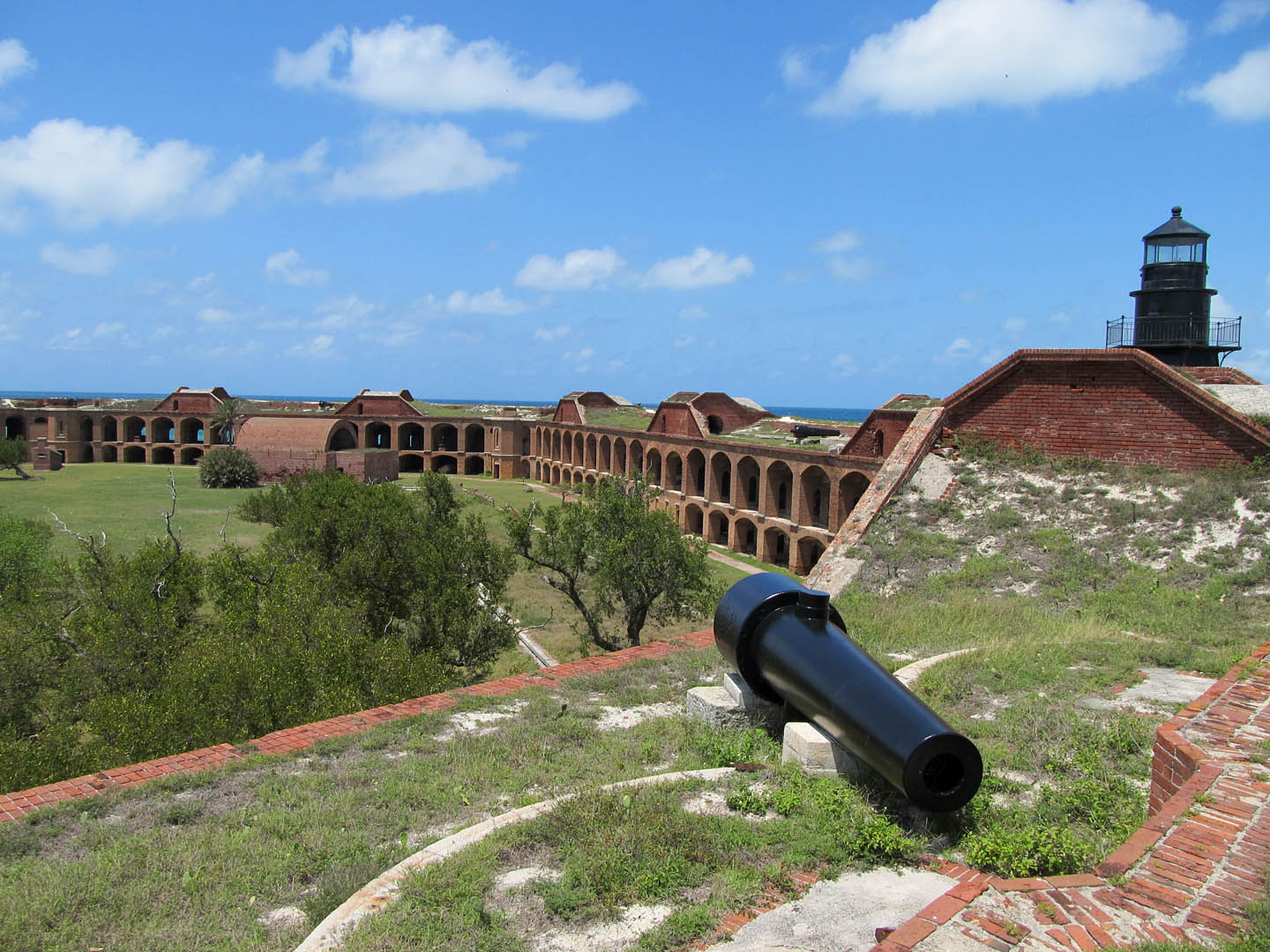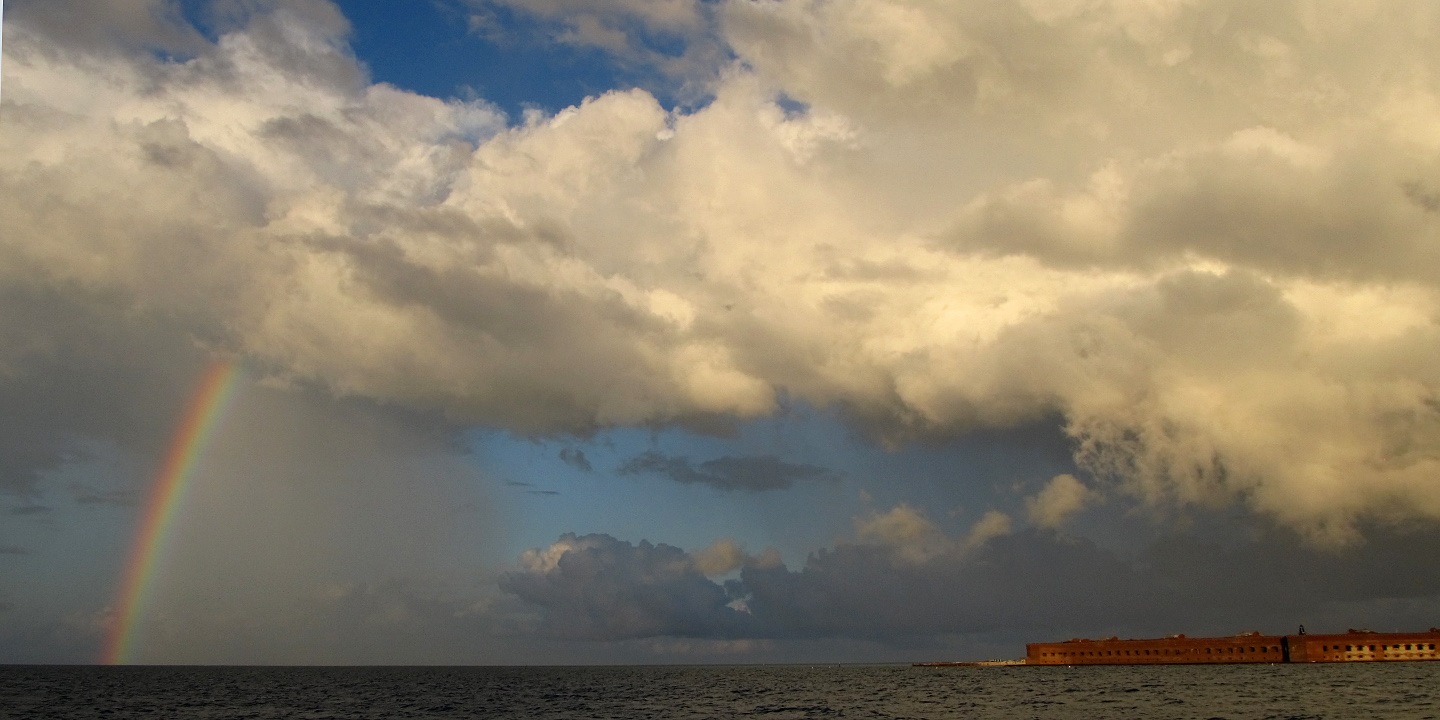The next morning we drove southeast towards world-famous Kakadu National Park. Along the way we stopped at Fogg Dam Conservation Reserve. We hiked the excellent boardwalk along the Waterlily Walk, and Neil introduced me to the Water Plants:

After making their acquaintance, we continued on to the end of the boardwalk where we scoped a large, shallow lake. Highlights here were many dozens of elegant Pied Herons, and a vaguely ridiculous-looking Bar-breasted Honeyeater.

The dam itself was closed to hiking because of the presence of an aggressive saltwater croc, but we drove across it and checked out the Pandanus lookout, which was beautiful but not particularly birdy. Back in the car, we continued east to Mary River National Park where we stopped at the bird billabong and picked up Little Woodswallow and Yellow-billed Spoonbill.

Back on the road, we crossed into Kakadu National Park. The Kakadu area has been home to aboriginal people for at least 40,000 years, and it was an honor to visit this sacred place. It is also the second largest national park in Australia at over 7600 square miles, and home to hundreds of bird species. My enthusiasm for arriving at this World Heritage Site was somewhat tempered in the late afternoon by the sweltering humidity and withering heat: mid-30s C (mid-90s F). Even Neil called it “bloody hot.” By the time we got to the Mamukala Billabong, I had to drag my limp and sweaty body from the car. I was rewarded with a couple of Crimson Finches, new for the trip, but then collapsed panting in the shade waiting for Neil to finish scoping the lake.
The sun was low on the horizon by the time we rolled into the tiny, dusty outpost of Jabiru and the grounds of the Mercure Kakadu Crocodile Hotel. On the down side, there was not much in the way of food or services in Jabiru, and everything (food, lodging, petrol) was exorbitantly expensive. But on the upside, we got to sleep inside a giant crocodile at this aptly named hotel.

The next morning, we headed over to Burrungkuy (formerly known as Nourlangie Rock). This majestic sandstone escarpment has some of the best preserved aboriginal rock art in the world. We spent the cool early morning looking for birds, and scored a couple new ones including the spectacular Black-banded Fruit-dove.

But as the morning warmed up and the birds became quiet, I spent more and more time studying the amazing rock art.

Some of these images were painted over the past 200 years, but the earliest ones are almost 4000 years old. They are a breath-taking window back in time into the ancient aboriginal Dreamtime.
The image below depicts Nabulwinjbulwinj, a “dangerous spirit who eats females after striking them with a yam,” according to a nearby inscription.

The traditional owners (a respectful way to refer to the native people of the area) tell visitors that the painting below narrates a story about Namarrgon, the Lightning Man (upper right) and his wife, Barrginj (center left).

We eventually tore ourselves away and returned to Jabiru to grab some lunch and do some birding around “town.” Thanks to a hot tip, we picked up the rare and local Partridge Pigeon at the Aerodrome. In the late afternoon we drove out to Ubirr where we tried (but failed) to connect with Sandstone Shrikethrush. We were consoled with beautiful scenery and more outstanding examples of aboriginal rock art.

Back at the Croc, we had a couple of beers and plotted the final chapter in our 2019 Australian adventure.














